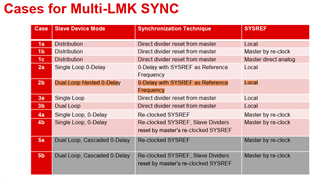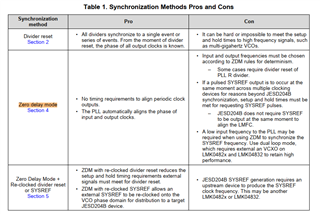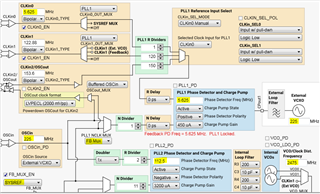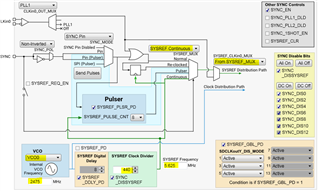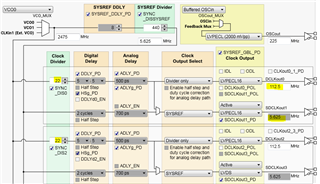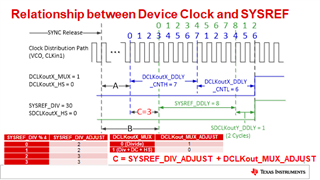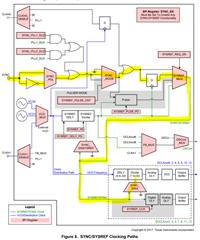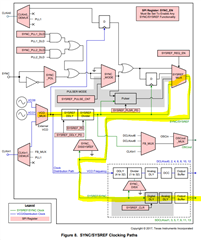Other Parts Discussed in Thread: LMK04832
Hi,
We want to use LMK04828 CLK synthesizer for RFSoC FPGA for multi-board synchronization (ADC/DAC sampling)
Below are the specs
1] ADC sampling rate = 1350Mhz
2] DAC sampling rate = 5400MHz
We are following "Synchronization Method: ZDM" with the below rules
So please verify my clock scheme for multi-board SYNC
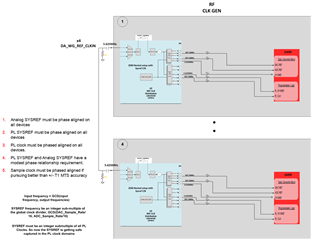
Keeping into rules in account
ADC/DAC CLK = 337.5MHz
SYSREF = 5.625MHz
I/P REF FREQ = 5.6225MHz
Please validate the same


